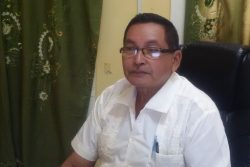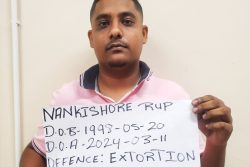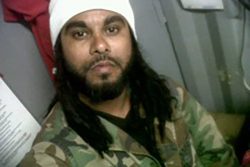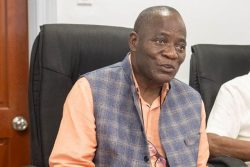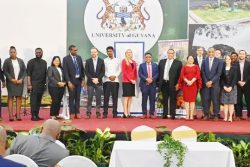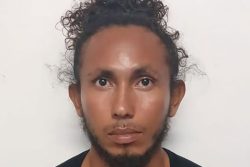Another month, another suitcase of cocaine glides unhindered through three layers of Guyana’s airport security and lands safely in the United States. Another round of hand-wringing by the Ministry of Home Affairs which has responsibility for the Guyana Police Force’s Anti-Narcotics Section and the Customs Anti-Narcotics Unit. Another display of blameless bewilderment by the administration and law-enforcement agencies.
Minister of Home Affairs Minister Clement Rohee admitted uncharacteristically that he had “nothing to say” other than that the matter was “under investigation.” Chief Executive Officer of the Cheddi Jagan International Airport Ramesh Ghir, conceded that the cocaine did pass through the airport. He dismissed suggestions that that the scanner might have malfunctioned, asserting that “The scanning machine…works.” Head of the Customs Anti-Narcotics Unit James Singh confessed to being “concerned” about the recent bust and promised a “holistic investigation” since something seemed to be “seriously wrong.”
In this case, a Guyanese woman – Chandinee Segobind – who lives in Queens, New York arrived at the JFK airport on a Delta Airlines Flight from Georgetown. Questioned by US authorities, she admitted responsibility for the suitcase containing 18.4 kg of cocaine that passed through the Cheddi Jagan International Airport, Timehri, which was intercepted at the John F Kennedy Airport in New York. She confessed plainly “I checked in the bag. I knew that there were drugs in the bag. I was supposed to get paid for doing this.”
Why have the scale and scope of organised cocaine smuggling expanded steadily over the past decade? Why haven’t the cartels been identified? Why does the importation of cocaine continue?
The answers are to be found in the lack of attention paid by the administration to certain economic crimes which sustain a corrupt section of the commercial community. For example, there is little enforcement action against fuel smuggling that supports much of this country’s lawless mining activities in the hinterland. This in turn drives the smuggling of undeclared gold and diamonds which are easy to conceal and sell in Brazil and Suriname. The cartels that specialise in smuggling fuel, gold, diamonds and other commodities contribute to ensuring an enabling environment for narco-trafficking, gun-running and money-laundering.
Narco-trafficking is rich business. Poorly paid public servants and junior officials in the enforcement agencies could be easily bought off by rich and resourceful traffickers. It is public knowledge, for example, that the notorious drug-trafficker Shaheed ‘Roger’ Khan employed a large posse of serving and former policemen as enforcers for his criminal enterprise.
The police and Customs Anti-Narcotics Units, meanwhile, have been kept puny and feeble, without aviation and maritime asserts or sufficient all-terrain vehicles and personnel to be effective. The Police Force concentrates on its ritual, monthly raiding of any of the numerous upriver marijuana farms. CANU, functioning largely by luck and chance, tries to prevent cocaine from slipping through the international airport. Neither can prevent illicit drugs from entering the country.
That is the problem. Cocaine continues to pour into the country by aircraft through the dozens of unmonitored hinterland airstrips. It also comes by boats through the coastland and rivers which facilitate ‘backtracking’ and the smuggling of fuel, beer and other commodities. Guyana, as a result, has become a wholesale cocaine emporium from which retailers from all around the world will keep on trying to smuggle a few kilos.
The enforcement agencies have never been given the resources and do not have the capability to staunch the importation of cocaine. It is no surprise, therefore, that exportation flourishes. The administration knows this very well. Once cocaine continues to come into the country, crooked people will find a way of getting it out.



